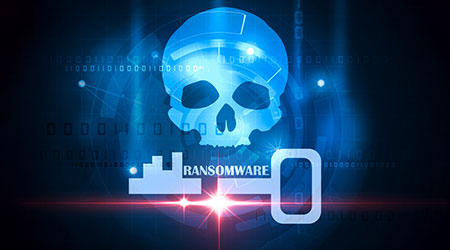As if a rapidly rising tide of COVID-19 cases nationwide weren’t enough. Amid the many medical and logistical challenges facing managers in healthcare facilities trying to handle the resurgence of patients seeking treatment, they also must contend with another rising tide of cases – ransomware.
A recent ransomware attack crippled a hospital in Germany, leading to a delay in patient care and ultimately a patient’s death. Hundreds of healthcare facilities in the United States and the United Kingdom were knocked out by a single ransomware package. A federal government warning issued by the FBI, Department of Health and Human Services, and Cybersecurity and Infrastructure Security Agency highlighted the “increased and imminent” specter of ransomware threats lurking over hospitals and other healthcare providers, according to Modern Healthcare.
COVID-19 is one culprit for the accelerating attacks. The sudden onset of the pandemic forced healthcare providers to quickly set up emergency COVID-19 facilities, with little time to plan out robust IT security infrastructures, and the rapid shift to telehealth and remote working meant scores of new security gaps were opened – and discovered by attackers.
One tactic to prevent ransomware attacks is to Identify weak points. If a target opens a phishing email attachment, it only takes a little over three hours for cybercriminals to access the target’s network. Knowing where vulnerabilities are is critical. Servers with remote desktop protocol enabled, unpatched web servers, and a lack of multifactor authentication for logins are common weak points that attackers will exploit.
Click here to read the article.

 Healthcare Is the New Retail
Healthcare Is the New Retail Bridgeway Behavioral Health Services Launches Campaign to Renovate Health Center
Bridgeway Behavioral Health Services Launches Campaign to Renovate Health Center Ground Broken for New North Dakota State Hospital
Ground Broken for New North Dakota State Hospital AI Usage for Healthcare Facilities
AI Usage for Healthcare Facilities Ground Broken on Pelican Valley Senior Living Modernization Project
Ground Broken on Pelican Valley Senior Living Modernization Project